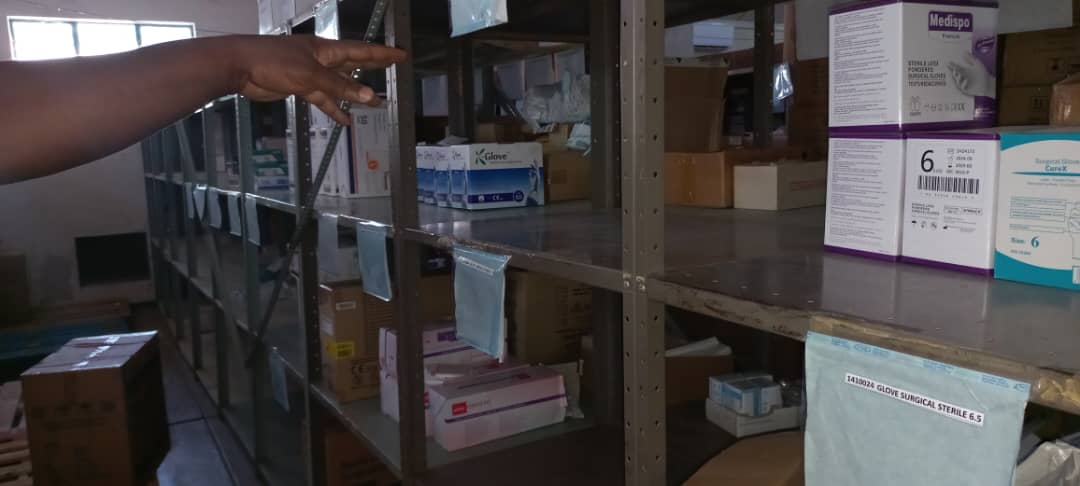UNKNOWN changes to Namibia’s climate due to global warming and pressure from tourists and tour operators always looking for something new are some of the challenges facing the country’s invaluable west-coast asset, the Namib-Naukluft Park.
This is according to a recently launched book titled ‘Namib: Secrets of a Desert Uncovered’, compiled by two well-known environmentalists, Dr Mary Seely and John Pallet.
The other challenge facing the management of the park, they said, is the ever-increasing demand for energy in the form of uranium, which the park is ‘cursed or blessed with.’
The publication gives background to enhance understanding of the vagaries and value of the desert landscape.
From the foggy coast under the direct control of the powerful Benguela upwelling system to the interior ready to take advantage of the infrequent, life-giving fogs, when they appear, incredible adaptations for life in this desert environment have evolved.
‘Further inland, along the pro-Namib and on the Naukluft mountains and escarpment stretching north and south, other life forms take advantage of the terrain,’ the two environmentalists write.
In October last year, the Namib-Naukluft Park celebrated its 101st anniversary.
‘From its humble beginnings 101 years ago and the far-sighted vision of a few pioneers, Game Reserve No. 3 has came a long way,’ Seely and Pallet write in the epilogue of the 203-page book.
It became the Namib Desert Park and was later linked with the Namib-Naukluft Mountain Zebra Park to be reborn as the Namib-Naukluft Park.
This park grew to become the largest conservation area in Namibia and has survived droughts, famine, floods, war and the politicians of three governments.
‘The next 100 years will not be easy,’ they say.
When she launched the book at the commemoration held at the Gobabeb Training and Research Centre, Environment and Tourism Minister Netumbo Nandi-Ndaitwah said she was aware of concerns about the mining and exploration activities in protected areas, including the Namib-Naukluft Park.
She said Namibia’s non-renewable natural resources, including minerals, have to be exploited in such a way that they will have a long-term effect on the country’s economic development and leave the ecosystem intact for use by future generations.
At the moment there are about 200 boreholes for companies prospecting for uranium in the park.
The book also highlights the contributions of the Gobabeb Training and Research Centre – in the heart of the Namib-Naukluft Park – as well as the innovative conservation approaches of farmers and tourism enterprises surrounding the park.
Contributions to the book were made by environmentalists and conservationists such as Peter Bridgeford of the Vulture Group project, Ingrid Wiesel of the Brown Hyena project, the former head of the Desert Research Foundation of Namibia, Dr Detlof von Oertzen, Dr Antje Burtje and the late Keith Wearne.
Stay informed with The Namibian – your source for credible journalism. Get in-depth reporting and opinions for
only N$85 a month. Invest in journalism, invest in democracy –
Subscribe Now!










